
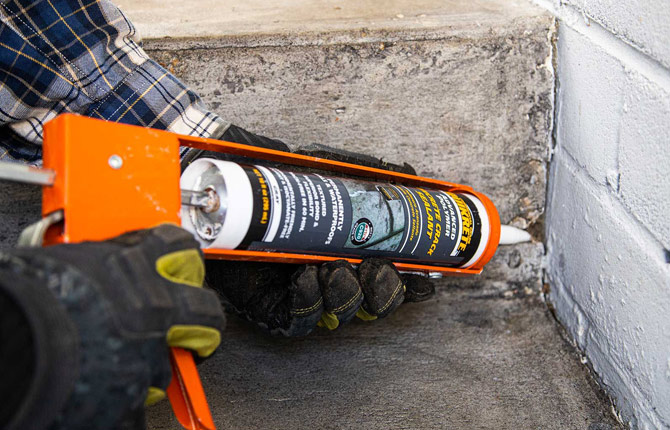

Water Proofing Services
Arundathi Enterprises brings a wealth of expertise and experience to the field of water proofing. With a team of highly skilled professionals, they have successfully executed numerous projects, ranging from residential homes to commercial complexes, educational institutions, and industrial facilities. Their in-depth knowledge of the latest water proofing techniques and materials allows them to provide tailored solutions that effectively combat water damage, ensuring the longevity of your structures.
Arundathi Enterprises prioritizes the use of high-quality materials and the latest technology in their water proofing projects. They collaborate with trusted suppliers to source premium waterproofing products, ensuring durability and performance. By incorporating advanced technologies and tools, such as non-destructive testing and moisture mapping, they accurately identify water ingress points and deliver targeted solutions.
Water Proofing
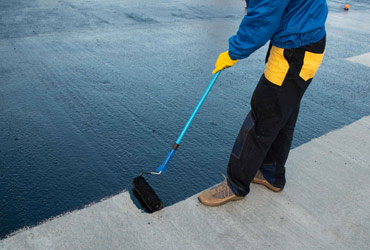
Water proofing is a crucial process that involves the application of various techniques and materials to protect buildings and structures from the damaging effects of water infiltration. Whether it's a residential home, commercial complex, or industrial facility, implementing proper water proofing measures is essential for preserving the structural integrity, preventing costly repairs, and ensuring a safe and healthy environment. In this article, we will explore the significance of water proofing
Water proofing is a vital aspect of building maintenance and protection. By implementing proper water proofing techniques and materials, property owners can prevent structural damage, mold growth, and costly repairs. Whether it's a residential, commercial, or industrial property, investing in water proofing measures is an essential step towards ensuring the longevity, safety, and value of your building. Consult with professionals in the field to assess your specific needs and choose the most suitable water proofing solutions for your property.
Pressure Grounting

Pressure grouting is a specialized technique used to strengthen and stabilize soil or rock formations, fill voids, and repair structural defects in buildings and infrastructure. By injecting grout material under pressure into the desired area, pressure grouting improves the load-bearing capacity, increases structural integrity, and mitigates potential settlement issues. In this article, we will delve into the process of pressure grouting and its applications in various industries.
Pressure grouting involves injecting a fluid-like grout material into the ground or existing structures under controlled pressure. The grout material can be a mixture of cement, sand, additives, and water, depending on the specific project requirements. The high-pressure injection ensures that the grout permeates the target area thoroughly, filling voids, sealing cracks, and compacting loose soils or aggregates.
Drilling & Anchoring
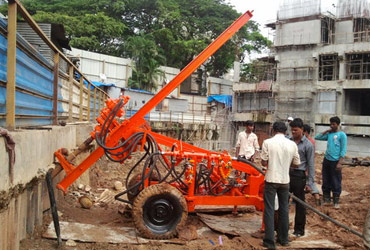
Drilling and anchoring are essential techniques used in construction and engineering projects to provide stability, reinforce structures, and ensure the safety of both buildings and infrastructure. By drilling precise holes and securing anchors or fasteners, these methods enhance load-bearing capacity, prevent structural failures, and withstand external forces. In this article, we will explore the significance of drilling and anchoring and their applications in various industries.
Drilling and anchoring techniques are integral to the stability, safety, and longevity of structures in the construction and engineering industry. With precise drilling and secure anchoring, structures can withstand loads, seismic forces, and environmental conditions effectively. Whether it's reinforcing existing structures, installing facades, or securing temporary supports, the careful implementation of drilling and anchoring ensures the structural integrity and safety of various construction projects.
Expansion Joint Sealing

Expansion joints are critical components in buildings, bridges, and other structures, allowing for the controlled movement caused by thermal expansion, contraction, and other factors. To maintain the structural integrity and prevent water infiltration, expansion joint sealing is a vital process. By properly sealing these joints, potential damage, such as cracking, corrosion, and moisture-related issues, can be mitigated. In this article, we will explore the significance of expansion joint sealing and its benefits in preserving the functionality and longevity of structures.
Expansion joints are designed to accommodate the movement and flexibility of structures caused by environmental factors, including temperature variations, vibrations, and settlement. They are typically located at areas where discontinuity exists, such as between concrete slabs, walls, or different construction materials. Expansion joints allow for controlled expansion and contraction, reducing stress on the structure and minimizing the risk of cracks or damage.
Core Cutting
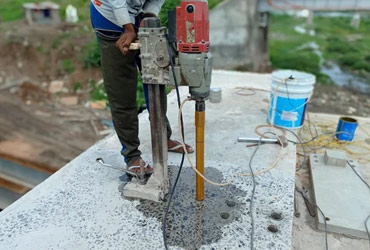
Core cutting is a specialized technique used for precise and efficient modification of concrete structures. It involves the removal of cylindrical cores from concrete surfaces, allowing for various applications such as structural analysis, installation of utilities, creating openings for windows or doors, and extracting samples for testing. Core cutting is widely employed in construction, civil engineering, and renovation projects. In this article, we will explore the process of core cutting and its significance in concrete modification.
Core cutting is a valuable technique for precise and efficient modification of concrete structures. With specialized equipment and diamond-studded drill bits, core cutting enables the creation of openings, installation of utilities, and extraction of samples for analysis or testing. Its precision, efficiency, and versatility make core cutting an essential method in construction, civil engineering, and renovation projects. Consulting with experienced professionals in core cutting ensures the safe and accurate execution of the technique, resulting in successful concrete modifications with minimal disruption.
Wood Natural Coating
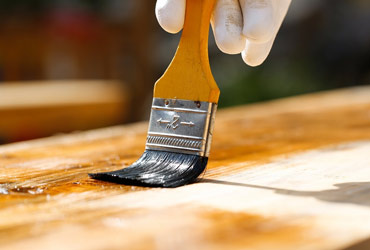
Wood natural coating is a specialized solution that enhances the natural beauty of wood while providing protection against wear, moisture, UV rays, and other environmental factors. Unlike synthetic coatings, natural coatings are made from sustainable ingredients such as plant oils, waxes, and resins, making them environmentally friendly options for wood finishing. In this article, we will explore the benefits of wood natural coating and its applications in preserving and beautifying wooden surfaces.
Wood natural coatings offer a range of benefits, including enhancing the natural beauty of wood, providing protection against wear and environmental factors, and being environmentally friendly. From interior wood finishing to exterior wood protection, natural coatings are versatile solutions for preserving and beautifying wooden surfaces. Their eco-friendly nature, breathability, and easy maintenance make them popular choices for those seeking a natural and sustainable approach to wood finishing. Consult with professionals in wood coatings to choose the most suitable natural coating for your specific wood surface, ensuring optimal protection and aesthetics.
Structural Repairing & Protective Coatings

Structural repairing and protective coatings play a crucial role in preserving and strengthening various types of infrastructure, including buildings, bridges, and other civil engineering structures. These coatings are specifically designed to repair existing damage, prevent further deterioration, and provide a protective barrier against environmental factors. In this article, we will explore the importance of structural repairing and protective coatings, their applications, and the benefits they offer in maintaining the integrity and longevity of infrastructure.
Structural repairing and protective coatings play a vital role in preserving, strengthening, and extending the lifespan of infrastructure. Whether used in concrete or steel structures, these coatings repair existing damage, prevent further deterioration, and offer protection against environmental factors. The benefits include increased durability, corrosion resistance, enhanced aesthetics, and cost savings. Consulting with professionals experienced in structural repairing and protective coatings ensures the selection and application of the most suitable coating systems for specific infrastructure needs, resulting in long-lasting protection and improved performance.
Crack Filling

Crack filling is a critical process in the maintenance and repair of various surfaces, including concrete, asphalt, and masonry. Cracks can develop due to factors such as age, weathering, structural movement, or heavy loads, compromising the structural integrity and aesthetics of the affected surfaces. Crack filling involves the application of specialized materials to seal and repair these cracks, preventing further damage and enhancing the longevity of the surface. In this article, we will explore the importance of crack filling, its applications, and the benefits it offers in restoring the integrity and appearance of surfaces.
Crack filling is a crucial process in maintaining the structural integrity, aesthetics, and safety of surfaces. Whether performed on concrete, asphalt, or masonry, crack filling prevents further damage, enhances water resistance, and restores the visual appeal of surfaces. By addressing cracks in a timely manner, property owners can extend the lifespan of their structures, reduce maintenance costs, and provide a safe and visually pleasing environment. Consulting with professionals experienced in crack filling ensures the selection and application of appropriate materials and techniques, resulting in effective and long-lasting crack repairs.

